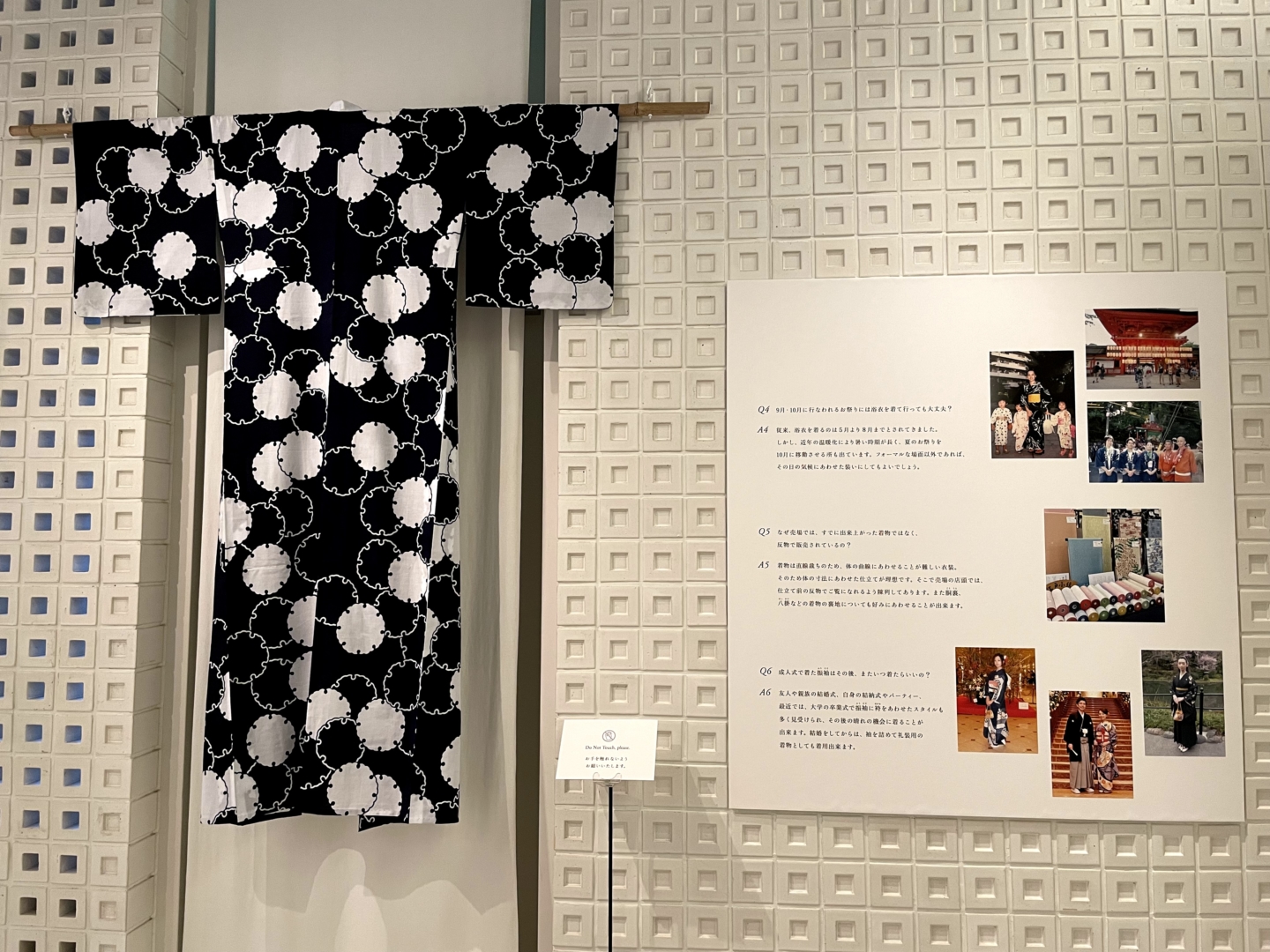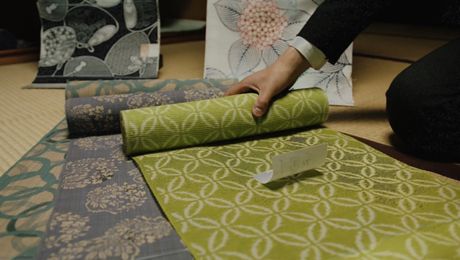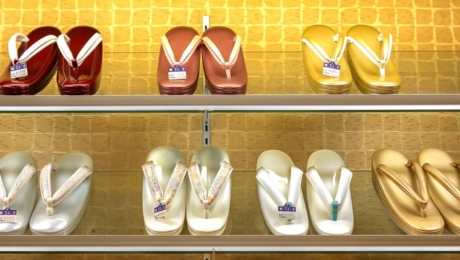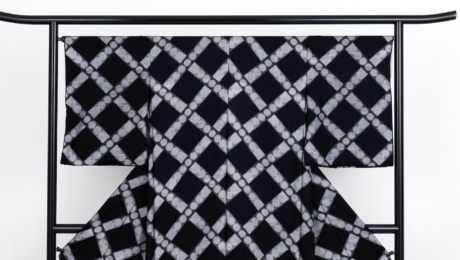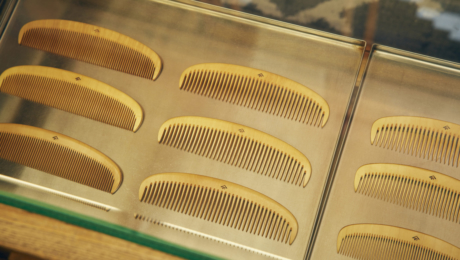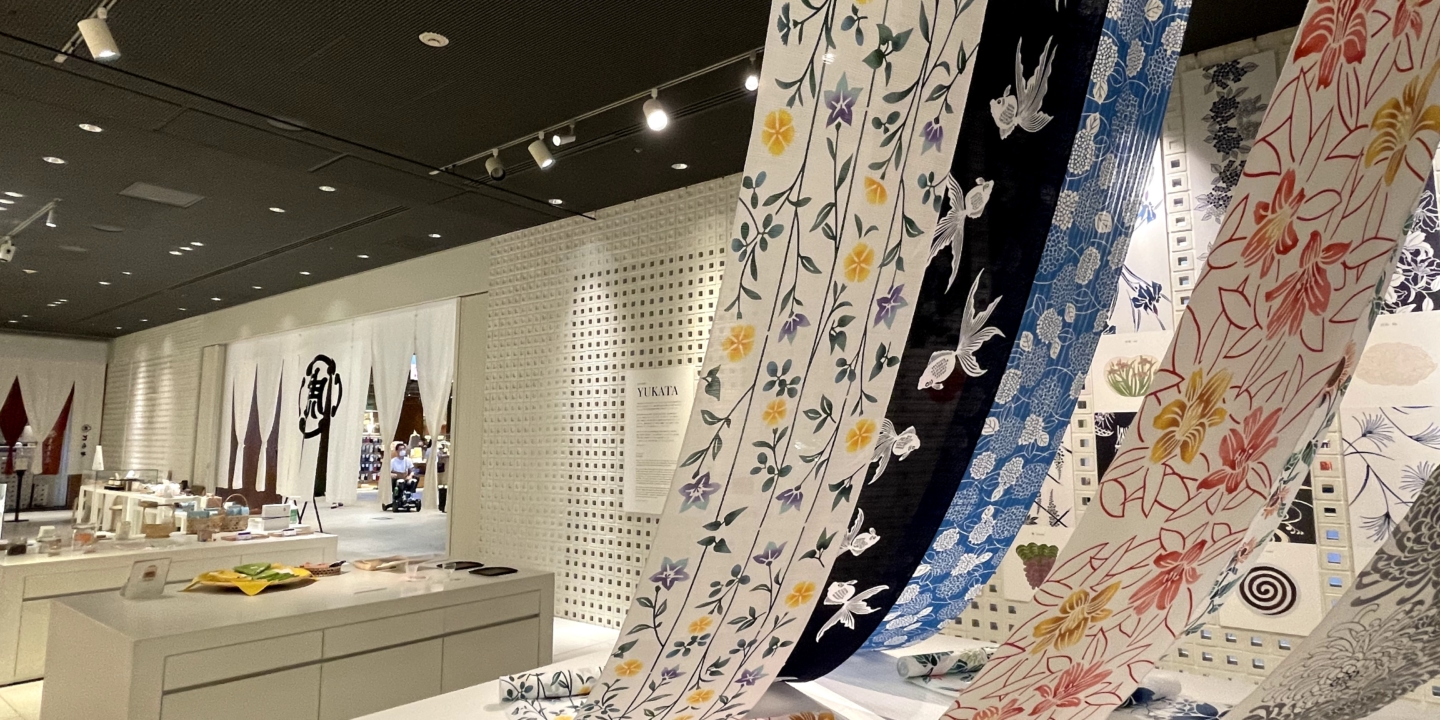
A sense of the seasons: the essence of Japan found in YUKATA and Japanese sweets.
2021.08.31
FASHIONJapanese people are sensitive to the changing of the seasons, and have come to reflect their feelings about the seasons in all corners of life. YUKATA is an exhibit that invites us to rediscover these traditional aesthetics. Held until September 27th at Toraya Tokyo Midtown Gallery, the exhibit was born as a collaboration between two well-established stores: Toraya, a Japanese confectionery store, and Chikusen, a traditional Japanese clothing shop. Established in year 13 of the Tempo era (1842), Chikusen has been loved throughout the ages by many for its beautifully-patterned yukata which capture the elegance of the Edo—so much so that the saying goes, “for yukata, there’s Chikusen.”
The aesthetics of traditional Japanese clothing and sweets are alike in that they both attentively express the four seasons of Japan. The venue displays 18 kinds of designs that are common to yukata and Japanese sweets. Chikusen cloth and confectionary sample books from the Taisho era (1912 – 1926) are set side-by-side, and arranged by a variety of motifs which show the changing of the seasons, including cherry blossoms, hydrangea flowers, chrysanthemums, and autumn leaves, thereby highlighting anew the delicate sensibilities of Japanese people.
The fifth-generation head of Chikusen, Fumio Ogawa, has this to say: “People mainly wear yukata during the summer, so some might feel it’s contradictory to say that they express all four seasons. However, fall and winter motifs are incorporated in designs to help deliver a ‘taste of coolness’ in the hot season. I believe the sense to not just worry about how the wearer will feel, but also about how those who see it will feel is a reflection of the kind of sensitivity that’s unique to Japanese people.”

In hopes of teaching visitors about the production process, various tools used in “chusen,” a unique dyeing technique used by Chikusen, are also on display at the venue. Innovated during the Meiji era (1868 – 1917), the technique makes it possible to dye in large quantities of dozens of pieces of cloth a day, and the revolutionary process was instrumental to making yukata more available to average people. Further, while browsing the various colors of yukata textiles on display, visitors can also see how outfit materials change with each season, from lined, to unlined, and finally to light kimono fabrics.
“The seasons in Japan used to be more defined than they are today, and people would meticulously change how they dressed, ate, and lived to match the seasons. They say there tends to be a weaker sense of the seasons now, so we’d be delighted if people could feel the value in living life connected to the four seasons through this exhibit.”
